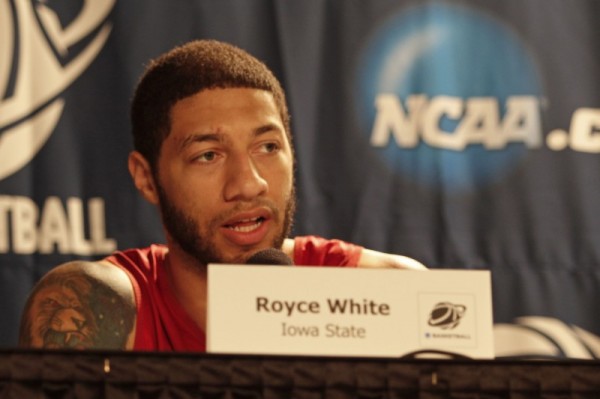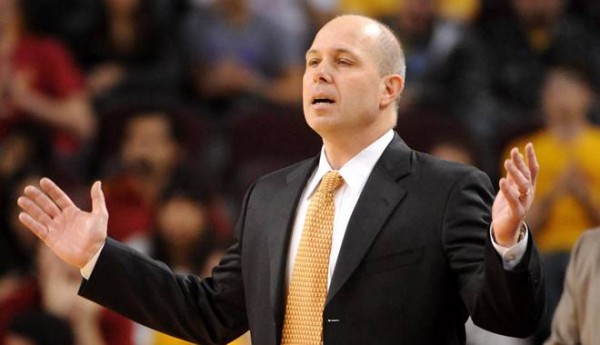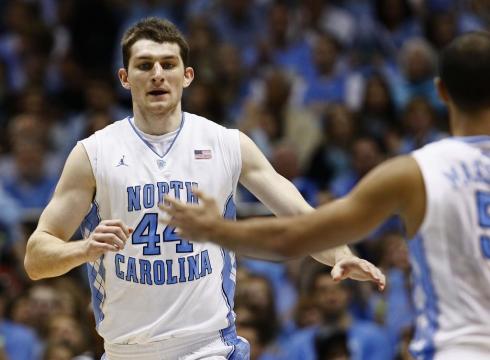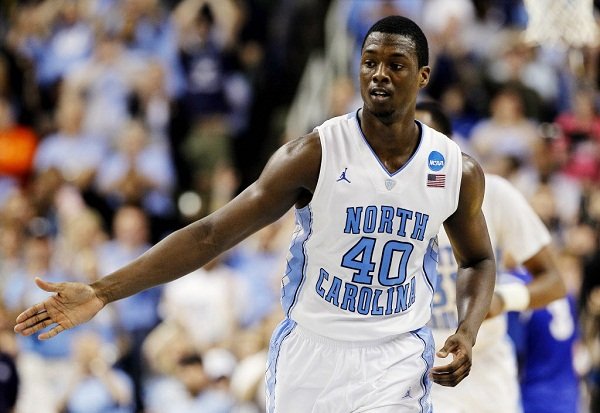In Revisiting Block/Charge Call, NCAA Encourages Fundamental Defense
Posted by EJacoby on June 15th, 2012Who knows what’s gotten into the NCAA lately, but it’s actually getting more and more things right as far as rule changes go. Last night at midnight a new rule went into effect allowing coaches unlimited texts and calls to recruits, part of an effort to cut down on the ridiculously thick NCAA rule book that punishes actors for far too many harmless acts. Also new this week are the results of the Playing Rules Oversight Panel (PROP)’s offseason meetings, which came to a consensus about several important changes. The PROP rule adjustment garnering the biggest news is one that prohibits potentially dangerous decal stickers from appearing on courts to improve player safety, but an even more significant change involves redefining the controversial charge/block calls that cause so much consternation. The panel properly identified the growing epidemic of defenders flopping and sliding under shooters in the paint, insisting that “charge/block calls in some cases were not made correctly, sometimes giving the defense an advantage.” The PROP provided new guidelines to help better officiate the situation, which essentially calls for more blocking fouls when defenders initiate paint contact. These new guidelines will encourage defenders to move their feet and make plays on the ball rather than revert to lazy flopping tactics in the paint — a definite win for both players and fans.
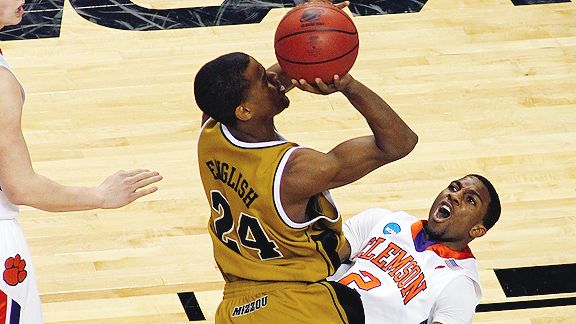
Defenders should no longer get rewarded for sliding under offensive players while making a move (Getty Images/M. Heilman)
The new guidelines provided by the PROP are as follows:
- Before the offensive player (with the ball) becomes airborne, the defender must have two feet on the floor, be facing the opponent and be stationary to draw a charge. Otherwise, it should be a blocking foul.
- Secondary defenders (help defenders) moving forward or to the side are also in violation and those should be blocking fouls.
- Contact that is ‘through the chest’ is not de facto proof of a charge. The rule in its entirety must be considered before determining a foul.
- In some cases, it appears a defender is being rewarded solely for being outside the arc, without considering the other aspects of the rules.






























